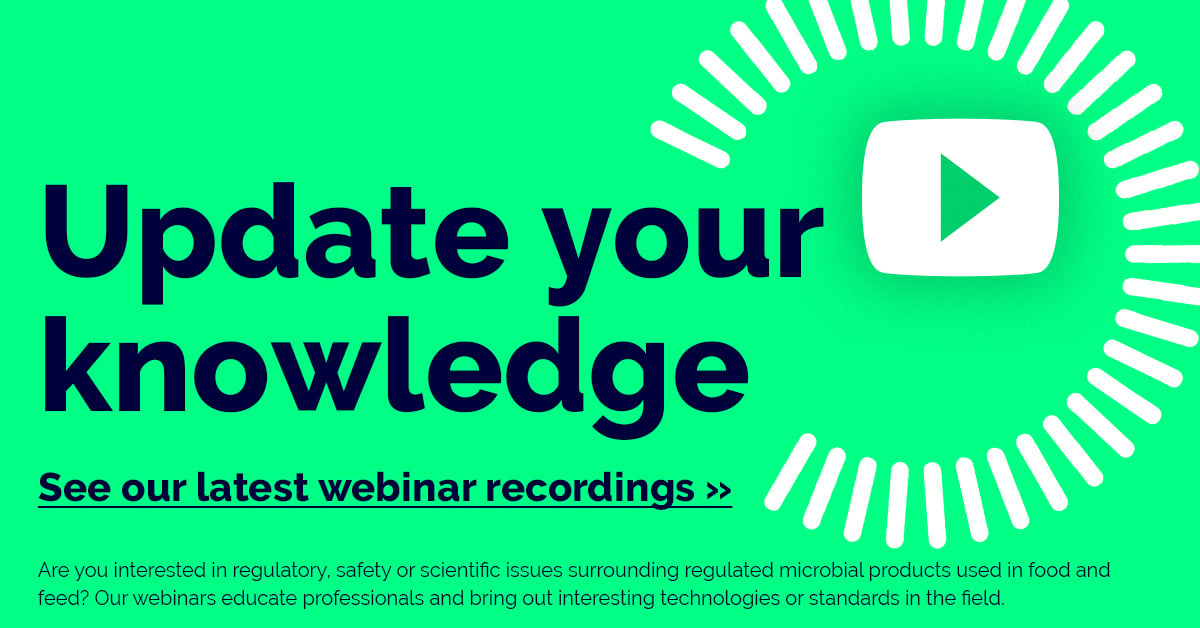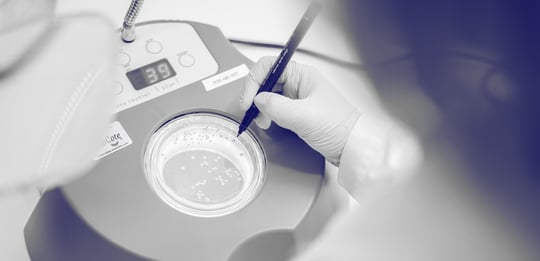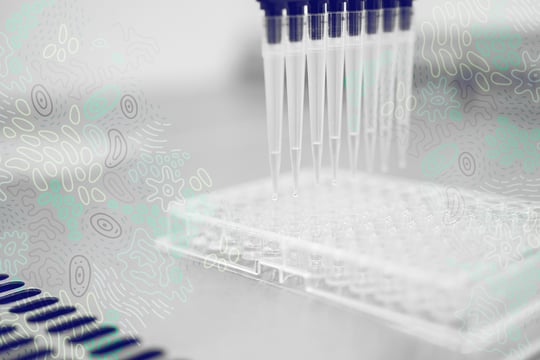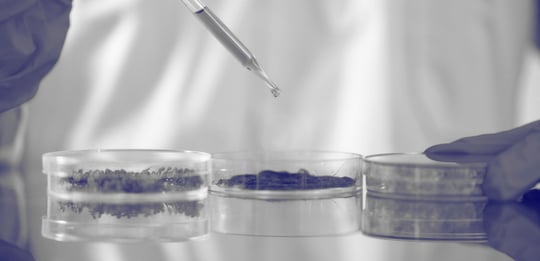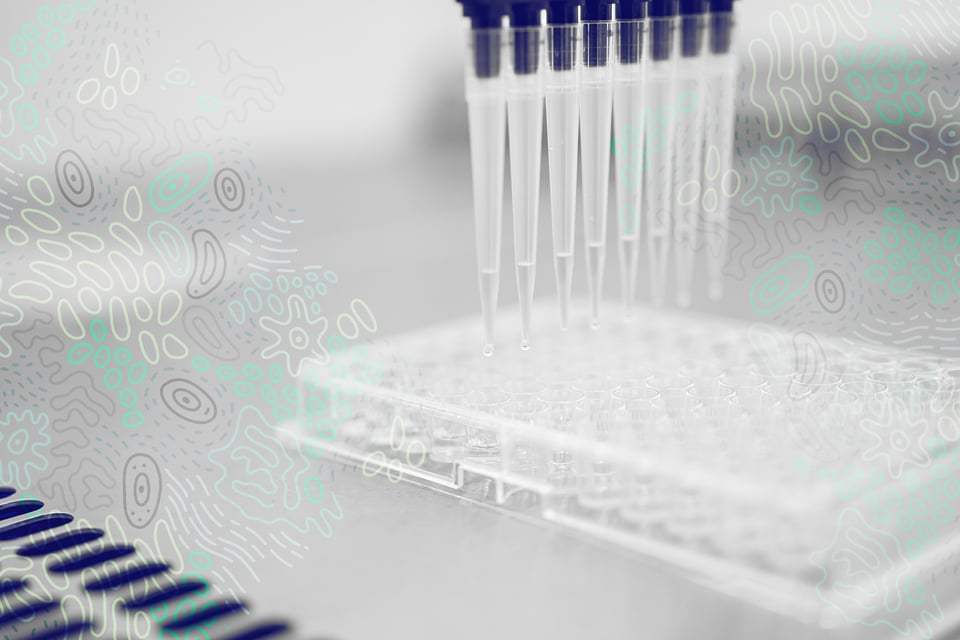
Welcome to the fourth instalment of our decennial blog series, where we spotlight the technological breakthroughs that have revolutionized food safety assessments over the past ten years. This post explores the pivotal tools and methodologies that have notably enhanced our capabilities at Biosafe.
Technological innovations shaping food safety
Key technological advancements include:
- Whole Genome Sequencing (WGS): This method provides exhaustive genetic data that aids in outbreak tracking, risk assessment, and the detection of virulence and antimicrobial resistance genes. Lauded by EFSA for its precision, WGS has significantly influenced our methodologies.
- Recent advances in PCR-based rapid detection: Polymerase chain reaction (PCR) technology allows for the swift identification of pathogens, hastening response times to potential threats.
- Emerging technologies: Innovations such as AI and machine learning, remote sensing, blockchain technology, nanotechnology, and smart packaging are redefining our risk assessment processes and safety monitoring protocols.
Among these, WGS and PCR are crucial in our daily operations and form the backbone of our microbial analyses. This post delves deeper into these technologies, emphasising their importance from Biosafe’s perspective in food safety and risk assessment.
The Arrival of Whole Genome Sequencing
A landmark development occurred in 2018 when EFSA published its Guidance on the characterisation of microorganisms used as feed additives or as production organisms, mandating the use of WGS for bacteria and yeast strains, marking a significant turning point in microbial analysis. WGS provides a detailed genetic blueprint of organisms, which enhances the precision of identification and characterisation, improves risk assessments, while also facilitating outbreak traceability. This method has become a cornerstone for detecting virulence factors and antimicrobial resistance genes, and for overall microbial community monitoring in food production environments.
Regulators love WGS
WGS not only provides detailed insights into microbial attributes but also supports regulatory compliance by offering comprehensive data for safety evaluations. The adoption of WGS has refined the characterisation of microorganisms during market authorisation and enabled the swift identification of emerging pathogens and ensuring adherence to safety standards.
The European Food Safety Authority (EFSA) acknowledges the significance of WGS in food safety and surveillance, setting best practices for WGS-based assessments. This leads to more precise and comprehensive analyses of microbial pathogens and contaminants, thus enhancing risk assessments, outbreak investigations, and regulatory decision-making.
Clear advice on WGS analysis benefits both applicants and risk assessors, improving understanding of microorganism safety and facilitating entry to markets. See more on these in our article on WGS and webinars.
WGS getting less costly and more accessible
The future of food safety assessment is likely to be shaped by advancements in various technologies aimed at enhancing the detection, monitoring, and prevention of foodborne hazards. WGS continues to evolve, with improvements in sequencing technologies, bioinformatics tools, and databases facilitating faster and more
accurate identification and safety assessment of microbes.
Promising applications of WGS are emerging in sectors like healthcare, personalised medicine, agriculture, and conservation. Integrating genomic data with other “omics” data, such as transcriptomics, proteomics, and metabolomics, provides a broader understanding of biological systems and disease mechanisms.
Currently, applying "omics" technologies other than WGS for clarifying aspects like protein expression or metabolite production is often impractical in food safety contexts. Metabolite analyses are more frequently employed in targeted assessments to ensure no harmful metabolites or toxins are expressed.
Over the coming years, as WGS becomes more cost-effective and accessible, the food industry and regulatory agencies are expected to increasingly rely on it as the primary tool for microbial characterisation. This shift from traditional methods like pulsed-field gel electrophoresis (PFGE) and multi-locus sequence typing (MLST) to WGS offers numerous advantages, including higher discriminatory power and the ability to identify new microbial traits, potentially with the aid of AI and machine learning. Standardisation initiatives will be crucial in integrating WGS into global food safety regulations. It is also essential that those using the tools are well-trained in bioinformatics, understanding the implications of each parameter and tool used in WGS analysis, and comprehending the biological significance of the results.
PCR technology: enhanced detection and monitoring
Polymerase chain reaction (PCR) technology has been a cornerstone in biosciences, diagnostics, and forensics for decades. Recent advancements, particularly the introduction of quantitative PCR (qPCR) and digital PCR, have further enhanced its capabilities; qPCR gained global recognition during the detection of SARS-CoV-2, showcasing its critical role in public health. These newer methods provide heightened sensitivity and specificity in detecting microbial DNA, which are vital in applications for public health. Digital PCR allows for precise measurement of DNA in complex sample matrices. However, the high sensitivity of qPCR may
detect DNA fragments that are not functionally relevant, presenting interpretative challenges.
Utilising PCR: Technology can be too sensitive
Premarket authorisation often necessitates PCR analyses for the detection of recombinant DNA in fermentation products, especially when genetically modified organisms are used for food or feed production. Additionally, a quantitative PCR method is required for monitoring products under GMO regulations.
The presence of recombinant DNA is a controversial topic because it is rarely a safety concern. As Lensch et al put it in an article in 2022, “Recombinant DNA in fermentation products is of no regulatory relevance”.
At Biosafe, we occasionally conduct analyses on the presence of DNA in fermentation products using quantitative or digital PCR. These methods, due to their high sensitivity, can sometimes yield positive results that do not correlate with the functionality of the detected DNA fragments. While digital PCR provides an accurate measure of DNA copy number and is less prone to inhibition, it is more costly and not universally available in control laboratories.
PCR has also been adapted for the detection of viable microorganisms. Current guidance documents in various regulated sectors require a demonstration of the absence of viable microorganisms using cultivation-based methods. However, Viability PCR (vPCR), which can selectively employ photo-reactive dyes to neutralise DNA from damaged cells, may offer a future alternative, although it does not currently align with guidance requirements. This method will require careful validation and it should be noted that the integrity of the cell membrane is not always indicative of cell viability. Additionally, there may be limitations in how this method applies to different microorganisms in food production.
Emerging technologies broaden horizons
The integration of new technologies such as Artificial Intelligence (AI) and Machine Learning (ML) in food safety processes is transforming risk assessment and management. AI algorithms and optical imaging can predict potential contamination events and optimise food safety protocols, making preventive approaches more effective. Additionally, blockchain technology has started to play a role in enhancing traceability and transparency across the supply chain, providing real-time data that helps mitigate risks more swiftly.
Nanotechnology has introduced new possibilities for preventing foodborne pathogens and toxins, while smart packaging technologies now incorporate sensors that can indicate food spoilage or contamination events directly to consumers and suppliers. These innovations offer dynamic ways to monitor food safety from production to consumption, ensuring higher standards of consumer safety.
Technological innovations challenge regulatory frameworks
As these technologies evolve, regulatory bodies, such EFSA, must continually update guidelines and frameworks to accommodate new scientific methods and ensure public safety. The 2021 Transparency Regulation in the EU exemplifies the evolving regulatory landscape, which now demands more detailed data submission and greater transparency from food producers. This shift drives the further integration of advanced technologies into compliance processes.
However, regulatory frameworks often struggle to keep pace with these rapid innovations, creating a complex environment for the market entry of new food products. This challenge is particularly pronounced for genetically modified products, where existing regulations may not fully capture the nuances of microbial-derived products.
As Biosafe moves forward, we remain committed to leveraging these technological advancements while ensuring compliance with evolving regulatory demands. Our goal is to continue providing top-tier safety assessment services that meet our clients´ needs and contribute to a safer, more sustainable global food system.
Stay informed about how Biosafe is navigating these changes and leading in food safety by visiting our blog and participating in our upcoming webinars. Together, we are shaping the next decade of food safety innovations.
Biosafe is your guide to successful food and feed product approval, providing extensive expertise in food safety assessment, research and legislation. By helping to bring new and more sustainable food solutions to market, we are working with our customers to create a safer food future.
Topic:

